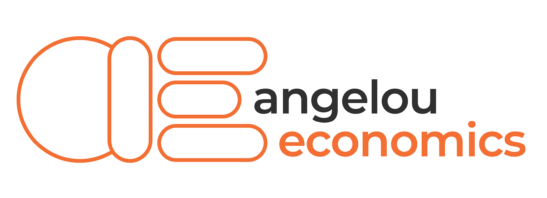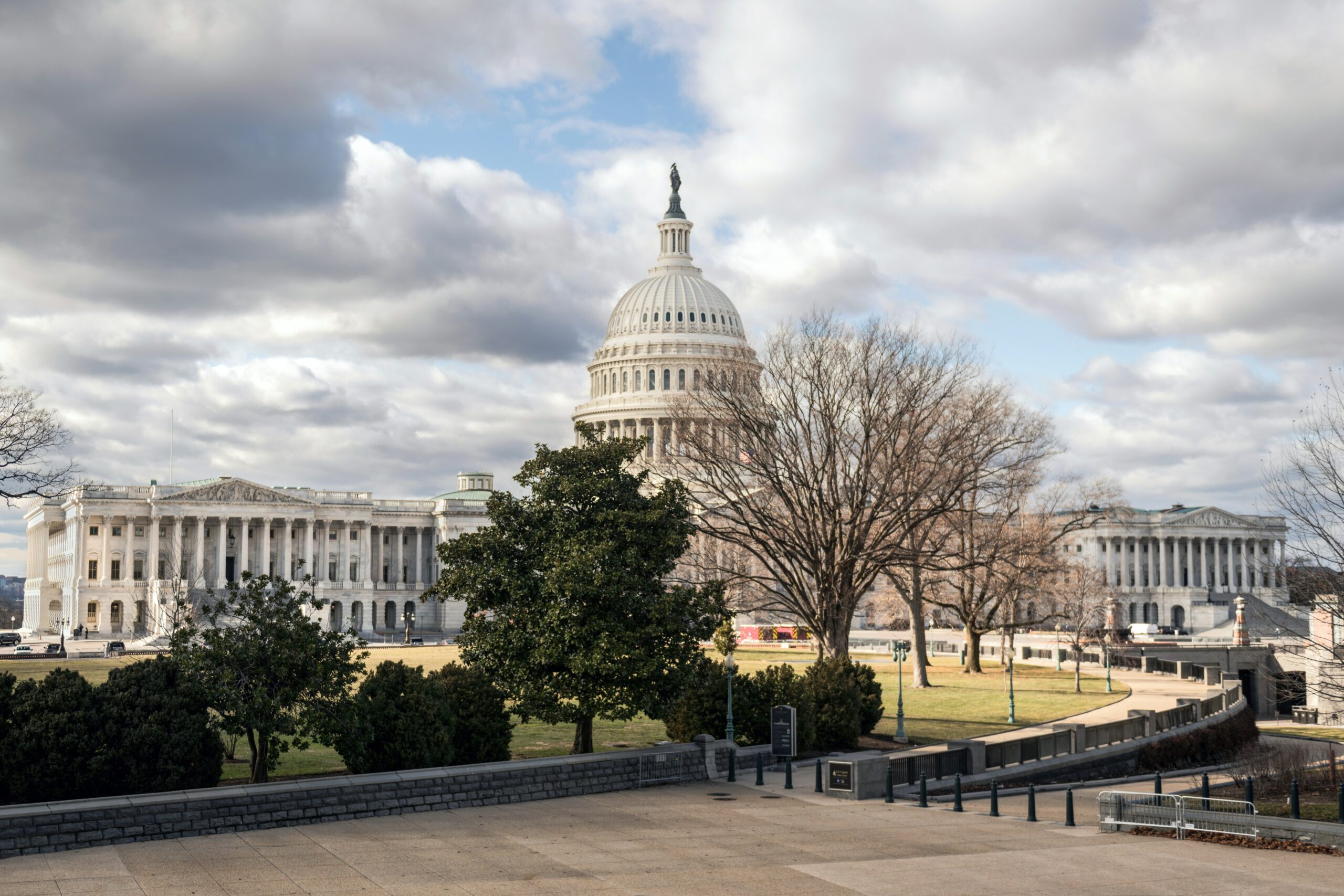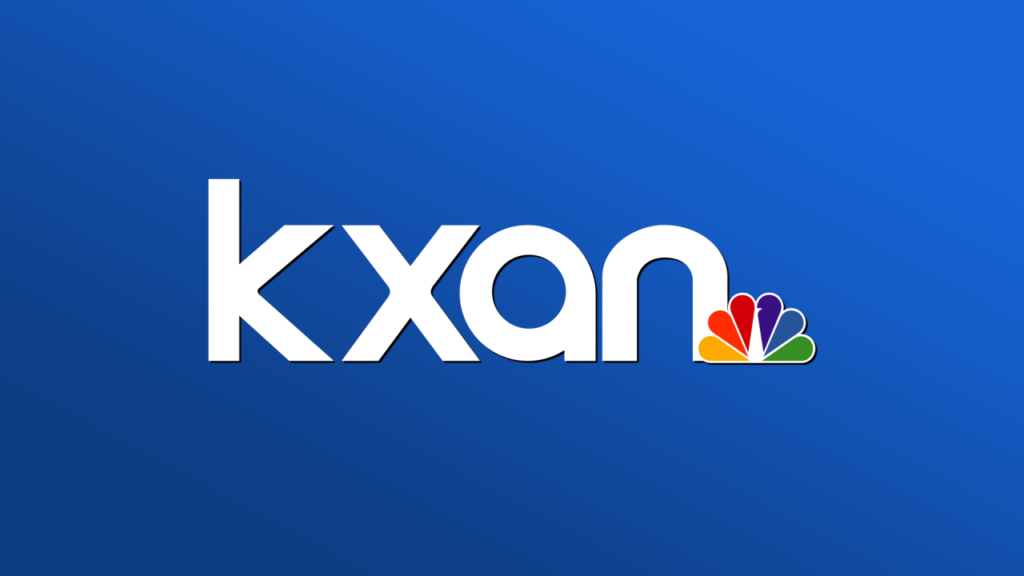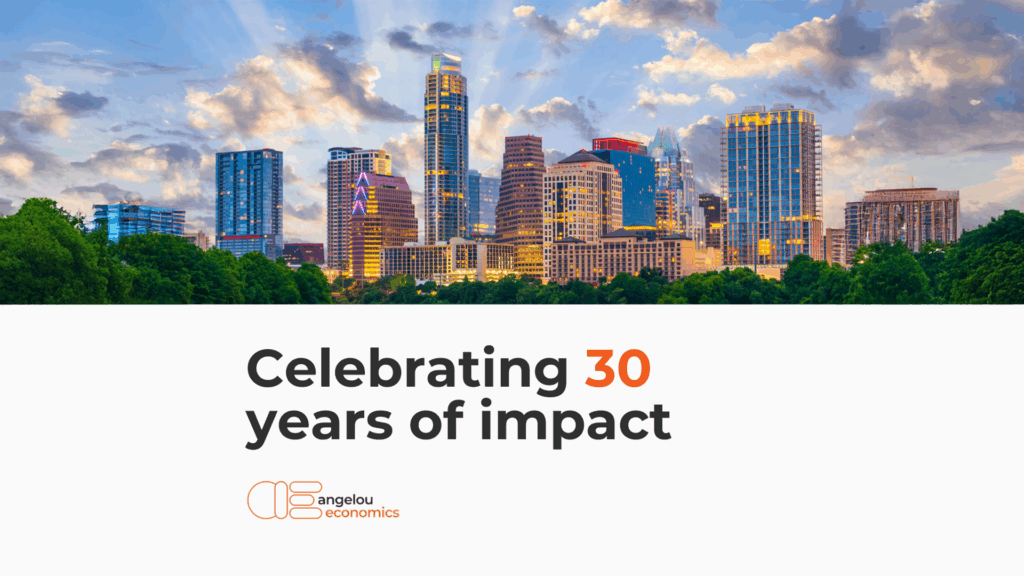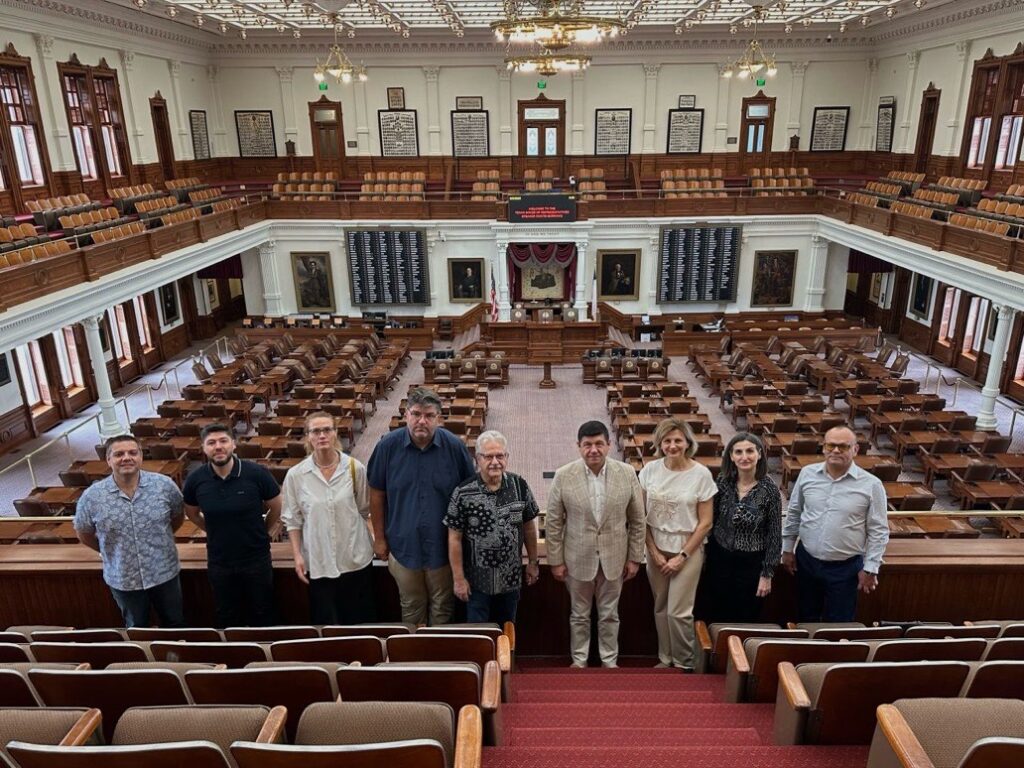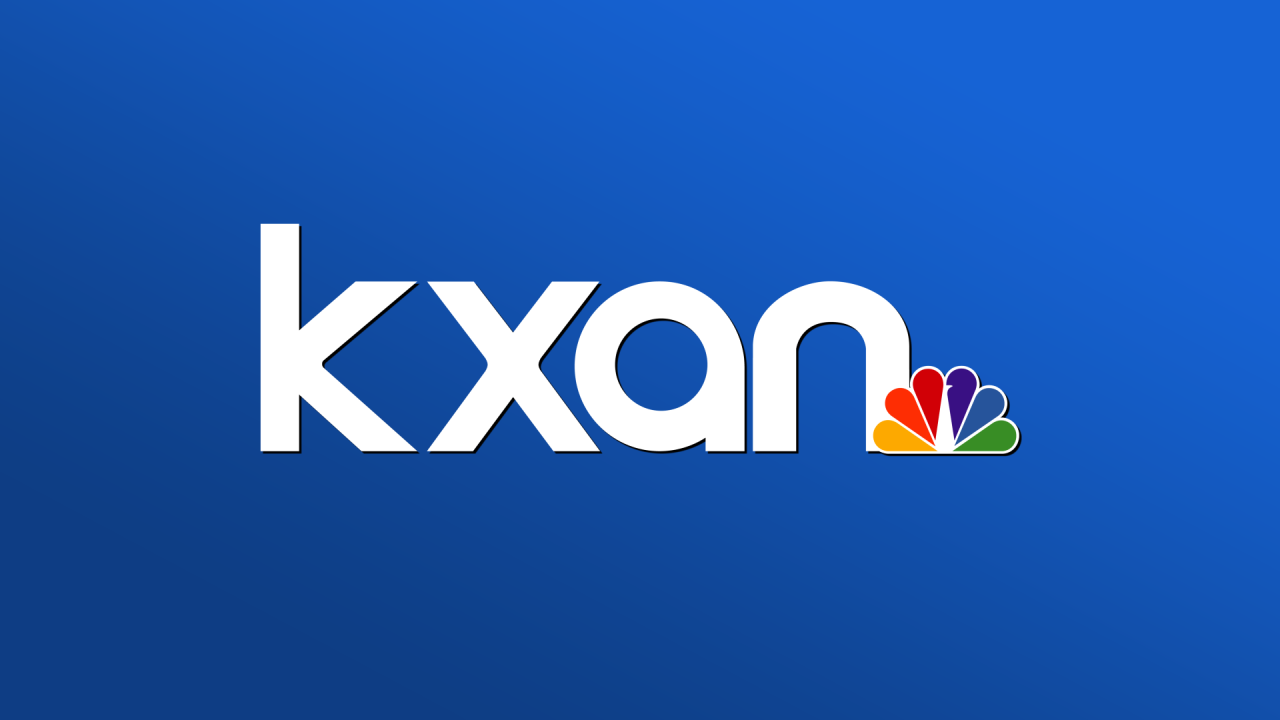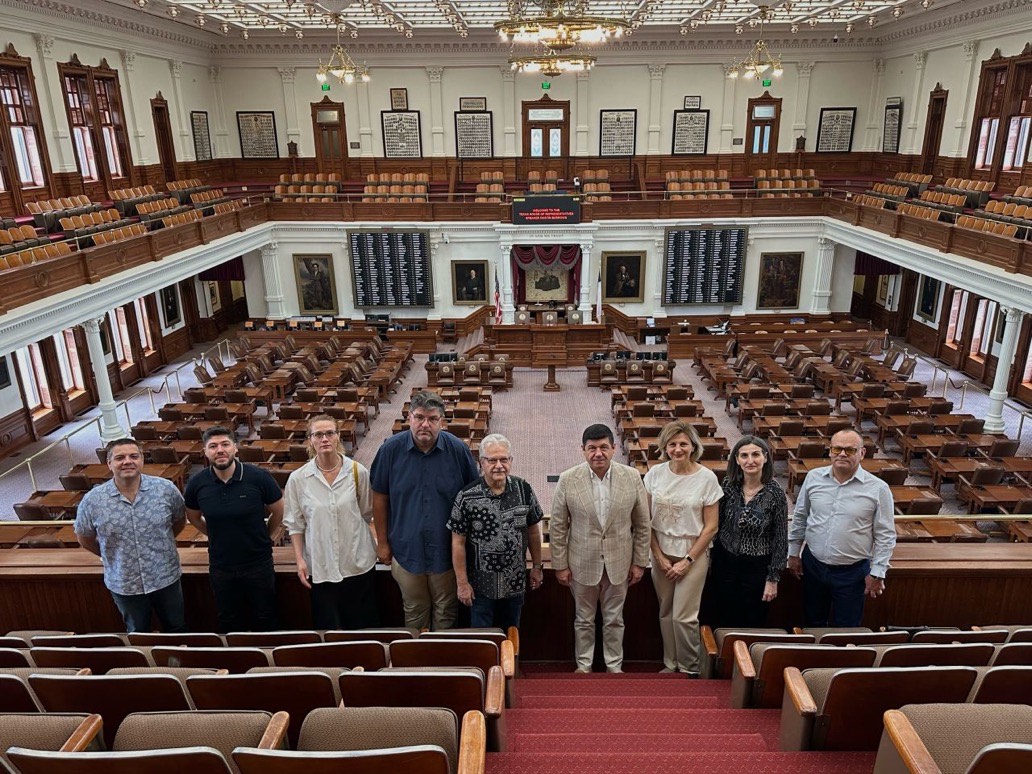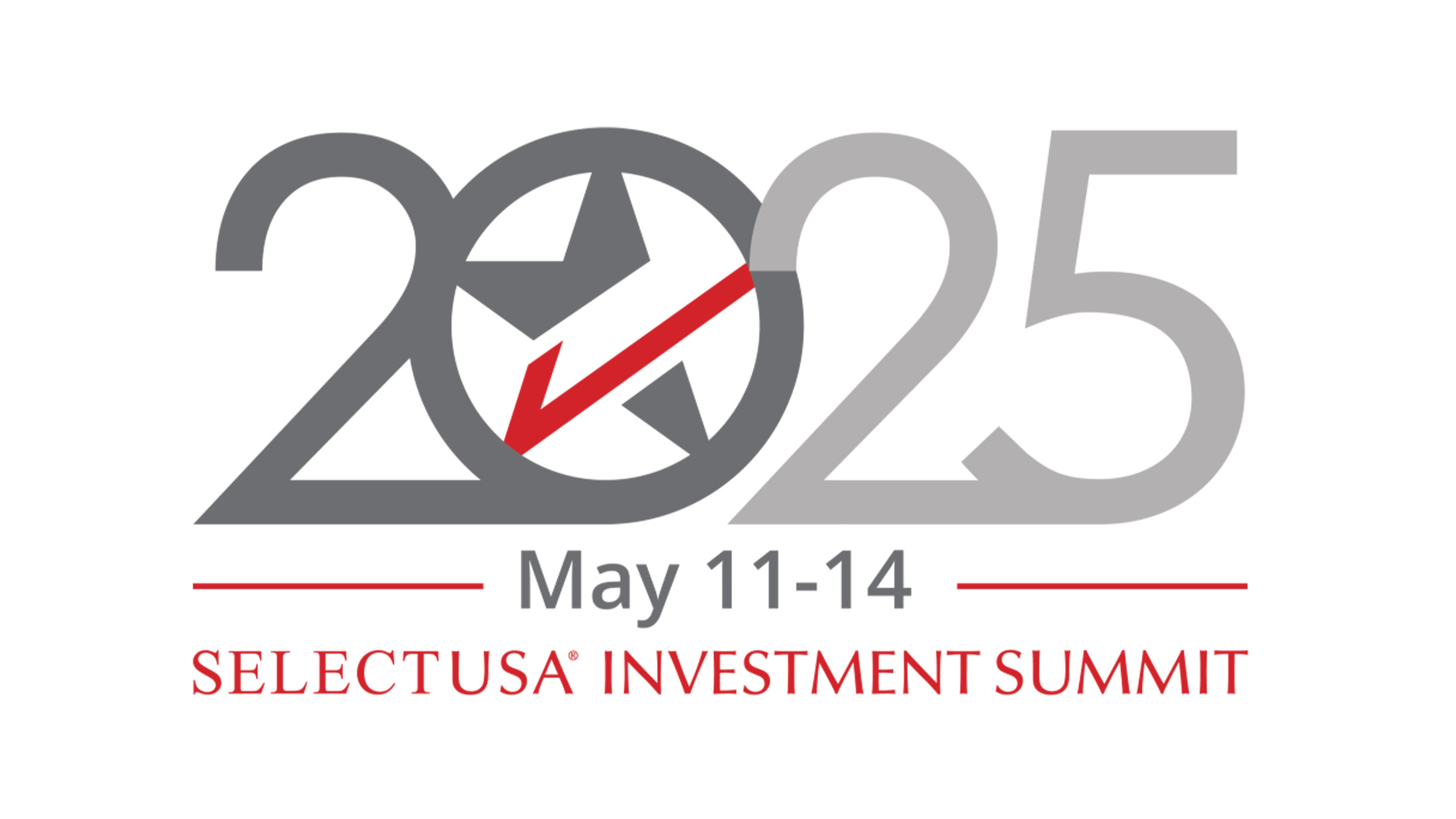By Tim Shea, Special Contributor
On Monday, April 9th, the Congressional Budget Office created a rush of excitement with the release of their annual “Budget and Economic Outlook”…at least to the extent excitement can rush around several hundred pages of dry accounting analysis. But make no mistake, the document is important. Not only does it shed light onto our nation’s fiscal health over the course of the next decade, it has also effectively opened yet another can of worms in a political climate that can politely be described as “fraught.”
Perhaps the key friction point of this renewed fiscal drama is the CBO’s stark assessment that the Federal budget deficit will top $1 trillion dollars by as soon as 2020. That’s a trillion with—count them—twelve zeroes. Now, this is not the first time the government has crossed that dubiously grandiose milestone; the Great Recession era saw four consecutive years of $1+ trillion deficits as the government tried to staunch the economic bleeding in the wake of the global financial meltdown. But this return to massive deficits is still significant in that it is riding a tide of economic growth, not calamity. This is the time, at least according to Keynes, for the government to slash the deficit and pay down the debt. Instead we’re propelling both to record new highs.
Needless to say, the CBO’s analysis has created quite a bit of consternation. Deficit hawks and government watch dog groups have long warned that the Federal budget is unsustainable and a major liability for the country’s economic future. As the debt continues to swell as a share of GDP, interest payments will eat up a greater and greater portion of the nation’s wealth. Considering those interest payments are expected to grow more than threefold over the next decade (from $263 billion in 2017 to $915 billion by 2028), these fears are not without a rational basis. And even those with a more dovish take on the deficit are not immune from debt-related angst. On a recent episode of NPR’s The Indicator podcast, for instance, economist Jared Bernstein expressed his concern that skyrocketing debt will make Congress less likely to undertake expansionary, countercyclical fiscal policy when the next recession inevitably hits.
So, alright, trillion dollar deficits aren’t great. But how do we fix it? How can we bridge a revenue-spending gap that will account for nearly a quarter of all Federal outlays in 2020? I mean, defaulting on the debt is *technically* an option, yeah? Sure it is! It’s just not a very good one. In our next post, we’ll examine the more feasible deficit-busting tools available to the government, and what their use will mean for the average American.
About AngelouEconomics:
AngelouEconomics has worked with numerous professional and business associations in building dozens of unique economic impact studies among other types of projects including site selection projects as well as strategic economic development projects. Some projects have examined the effects of statewide policy measures, such as the Texas Bathroom Bill or ban on Sanctuary Cities. Other projects have measured the contribution of member networks in terms of jobs, wages, and total economic output. Like this study for Prospera, a nonprofit organization which specializes in providing bilingual assistance to Hispanic entrepreneurs in Florida. Economic impact studies are effective tools for quantifying and illustrating the value of individual professional and business associations. They are versatile, as they can illustrate the value or impact of a specific policy or quantify the economic contribution of your members to the local, regional, and nationwide economies.
Want to Learn More?
If you would like to learn more send us an email at info@angeloueconomics.com
